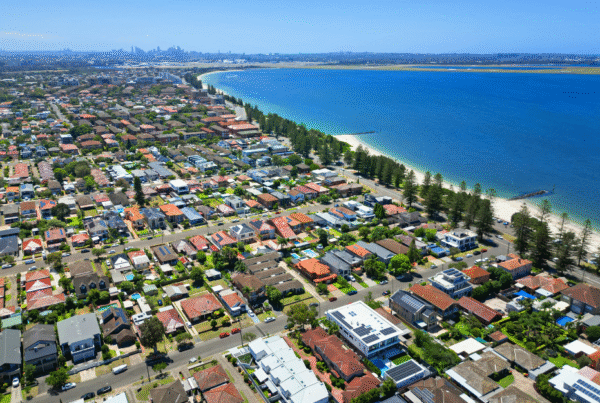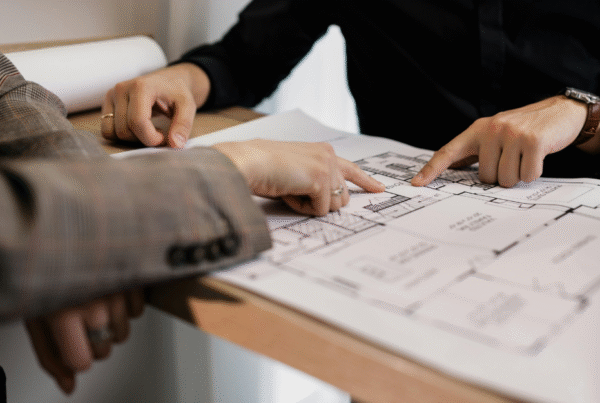Sustainability in your home – make your home greener
Homes are becoming increasingly eco-friendly as new technology makes it easier than ever to reduce your energy consumption, utility bills and carbon footprint. Here’s some areas to be conscious of when considering the sustainability of your own home:
1. Lighting
Having a tactical lighting plan that utilises natural and environmentally friendly lighting sources can help make your home more sustainable. Replace any old incandescent bulbs and fixtures with bulbs using the latest LED technology. These bulbs are significantly more efficient, lasting 25 times longer than incandescent lighting and using 75% less energy to produce the same amount of light.
Being strategic in your placement of lighting can make a big impact in reducing the amount of energy you use to light your home. During the day, utilise natural lighting as much as possible and avoid having lights turned on. Instead of using main overhead lighting in all rooms, consider whether installing reading lights in your bedrooms or using picture lights to illuminate art on walls or in hallways will satisfy your lighting needs. When contemplating lighting choices in your home, think about the potential lifetime cost and saving from choosing more sustainable and long-lasting lighting options.
2. Heating & cooling
Investing in sustainable heating and cooling solutions can make a big difference to your energy expenditure as it accounts for 38% of household energy use. Consider getting draught sealing in your home and installing vents and fans that close automatically to prevent air leakage.
Ensuring your home is well-insulated can help you save up to 65% on your heating and cooling costs, a saving that adds up quickly over time. Roof and wall insulation is important for regulating the temperature in your home and minimising your energy usage.
Solar heating systems can further reduce your energy usage, carbon footprint and save you money on utilities. The investment is worthwhile for most homes, especially in the long run, as they’re significantly cheaper than running conventional gas or electric systems.
3. Green loans
If you’re thinking of installing environmentally friendly and clean energy products in your home, you may be eligible for a green loan. Many lenders are now offering unsecured personal loans that can be used to finance eligible green products such as solar panels, energy-efficient appliances, insulation, and ventilation. Some institutions also provide green car loans to encourage the switch to electric, eco-friendly vehicles.
4. Home energy ratings
There are multiple home energy rating schemes that consider varying criteria to evaluate your home’s energy efficiency.
The Green Building Council of Australia has a tiered rating system called Green Star. The rating is used to assess the design of buildings against benchmarks in energy, water, waste, indoor environment quality and ecology. Green Star Homes must fulfil the criteria of being positive, healthy, and resilient to ensure that they meet the organisation’s standards in energy efficiency, health and comfort. Green Star has partnered with a range of home builders to certify that their constructions are of the Green Star Home standard which can make it easier for prospective buyers to evaluate the environmental impact of a home.
5. Appliance energy ratings
When purchasing new appliances, pay attention to the Energy Rating Label. This gives you an indication of the product’s energy efficiency on a scale of one to ten stars, one being the lowest energy efficiency and ten stars being the highest. The more stars shown on the label, the cheaper it is to run the appliance. By choosing appliances that have more stars on the Energy Rating Label, you can cut the cost of your energy bills.
It’s my home magazine – click here
This publication has been produced by Helia Group Limited (’Helia’). This publication may include content which is owned by third parties (’third party content owners’) and that has been provided to Helia for publication. Opinions expressed in this publication are of the writer or contributor and do not necessarily reflect the view of Helia or its affiliates. This publication covers a variety of topics including property, insurance and other financial products and services. Although some of the information involves tax, stamp duty, legal, accounting, financial or similar issues, Helia, its affiliates and the third-party content owners (as to their materials only) (‘we’) are not in the business of offering such advice and nothing in this publication constitutes a personal recommendation or advice. You must consult with your own professional advisers to examine the legal, tax, accounting or investment aspects of any information presented in this publication and how they may affect your particular situation. The information also does not contain all of the applicable terms, conditions, limitations or exclusions of the products or services described. We expressly disclaim all responsibility and liability for any action or inaction by you in reliance or partial reliance on any material, information, opinion or advice in this publication or referred to in this publication. The information is current as at the date of publication but may change without notice. We are under no obligation to update the information or correct any inaccuracy which may become apparent at a later date. We do not take any responsibility for any reliance on the information contained in this publication or for its reliability, accuracy or completeness. Nothing in this publication is an offer by or on behalf of Helia or its affiliates to sell, or solicit an offer to buy, any security or financial product. COPYRIGHT NOTICE All copyright in the contents of this publication belong to Helia, its affiliates and licensors or to third party content owners. All rights are reserved. To the extent permitted by law, no part of any materials in this publication may be reproduced or transmitted in any form without the express written consent of Helia.




